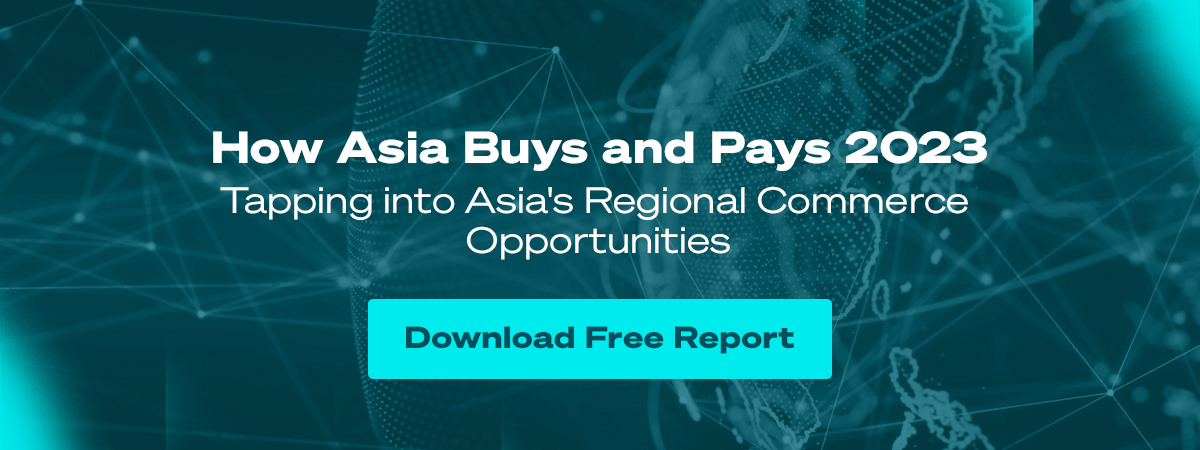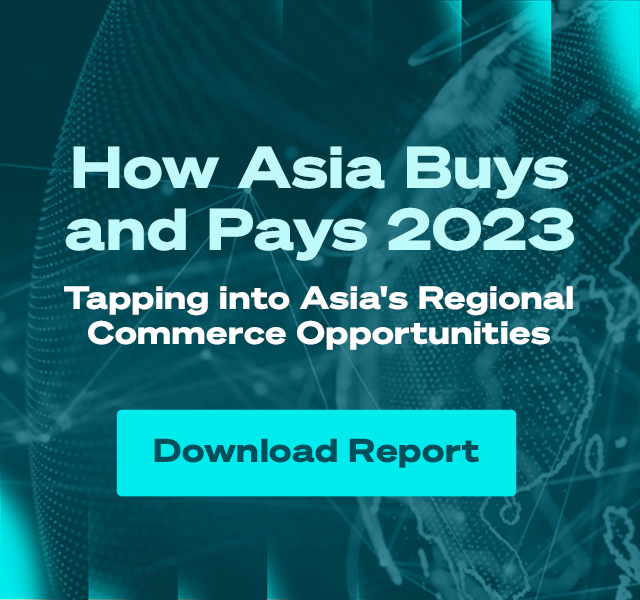
Future of Digital Payments
by Piyachart Ratanaprasartporn, COO of 2C2P
Use and adoption of digital payments have increased dramatically over the past few years, especially as convenience and technology have relegated cash to the sidelines. By 2025, gross transaction value driven by digital payments is expected to climb to US$1.2 trillion.
The impact of the global pandemic has accelerated the adoption of digital payments. Safe distancing and the demand for contactless payments owing to hygiene factors saw many businesses and consumers turning to digital payment avenues.
It’s clear the world of digital payments is advancing at breakneck speed. In this article we take a look at the key trends influencing the future of digital payments.
#1 Embedded finance will become more prevalent
Embedded finance or embedded fintech integrates a financial service or technology with a non-financial service, product, or technology. In Southeast Asia, ride-hailing apps have transformed into digital platforms where you can purchase groceries, micro-insurance, lifestyle services and more.
How will this shape the future of payments? Businesses are seeing consumers increasingly demanding the same frictionless payment experiences they encounter with non-financial tech apps like Grab or Google.
In addition, with over 70% of adults considered ‘underbanked’ or ‘unbanked’ in the region - that is, underserved by traditional financial services players - technology-enabled business models like embedded finance have an advantage in gaining share within this consumer segment.
The growing prevalence is also driven by consumers’ increasing openness to non-traditional financial providers. Research from Cornerstone Advisors shows that many consumers younger than 55, millennials in particular, are willing to get a bank account from non-banking providers like Amazon, Google, and even Starbucks and Uber.
Traditional financial institutions like banks could offer their infrastructure for a fee (i.e. bank-as-a-service) to provide access to other sets of financial services, including payments, transfers, installments, loans, and more.
Meanwhile, payment players like 2C2P are focused on offering seamless and streamlined experiences such as omnichannel delivery with a single point of integration, to help businesses smoothly embed the payment process into their customer experience.
More: Watch our CEO Aung Kyaw Moe dive into the trend of embedded finance with executives from Microsoft and Singtel at the 2020 Singapore Fintech Festival.
#2 Value-added services will continue to be a focus
As more companies dip their toes into payments, a key factor that will differentiate payment platforms from others would be the ability to provide value-added services such as multi-currency converters, multi-location settlement, chargeback management and even reward or loyalty programme capabilities. These will help businesses reach their target customer in different locations more effectively by providing a personalised experience.
Likewise, 2C2P has expanded its range of value-added services over the years to give businesses more flexibility in targeting their ideal customer base across the globe.
This is evident in our payment processing solution for airlines which enables flexible payment routing to maximise cost efficiency, an important feature for airlines given the international profile of their customers.
#3 Installment payments and Buy Now, Pay Later
Delaying payments to make large ticket items more affordable has been gaining traction amongst shoppers. This can take the form of payment via installments, often with zero interest or providing a specific duration to fulfill the payment obligations - also known as Buy Now, Pay Later (BNPL).
While not an entirely new trend, this phenomenon is rapidly gaining popularity among younger consumers who see it as an alternative to credit cards and the risk of credit card debt. Across the Asia-Pacific, eCommerce transactions using BNPL are expected to more than double by 2023. Experts project a 20 to 40 per cent increase in the number of orders and average spend due to BNPL adoption - good news for merchants, indeed.
Aside from working with banks to provide installment payment options, 2C2P has also partnered with BNPL providers to offer this service to clients with larger ticket products. Clients selling smaller ticket items like fast fashion and cosmetics are not left out of the picture either. Younger consumers are increasingly choosing BNPL services as it helps lower the barrier to entry to complete a purchase, and opens more payment choices for them.


#4 Rise of Artificial Intelligence and machine learning to fight fraud
Through machine learning algorithms, payments companies can analyze more data in new and innovative ways to identify fraudulent activity. Every consumer transaction includes a lot of data, and with AI and machine learning, payments companies can search rapidly and efficiently through this data beyond the standard set of factors like time, velocity and amount.
AI, for example, can start considering a comprehensive mesh of multifactored logistical regression to create new dynamic weights for each data point when considering a transaction.
In short, the use of AI can allow payments companies to look at transaction data in new and more effective ways, growing the amount of successful legitimate transactions while shrinking the number of illegitimate ones that make it through.


#5 More in-house digital payments platforms being developed
Lastly, non-fintech and non-financial businesses are making a foray into in-house digital payments. For example, popular budget airline AirAsia launched a digital payments platform which offered a mobile wallet, making it easier for customers to make cashless payments in-flight.
Many of these businesses see potential in adding an e-wallet or e-payments platform as an add-on to their existing businesses, as a way to bind consumers into their network and offer them higher margin services.
With years of expertise under our belt, 2C2P has worked with governments and businesses to develop digital wallet solutions. Case in point: 2C2P provided the technology behind a digital wallet in Mandalay, Myanmar. Called Mandalay Smart Pay, it was the Mandalay City Development Committee’s proprietary wallet which allowed local residents to pay taxes and bills easily on their mobile phones - great for a largely mobile-first population.
In the future, as digital payments become more ubiquitous, it may simply be known as payments. While traditional forms of payments might have signified the end point of a transaction, digital payments have great potential to enrich customer relationships, create enhanced user experiences, scale businesses and transform communities.

